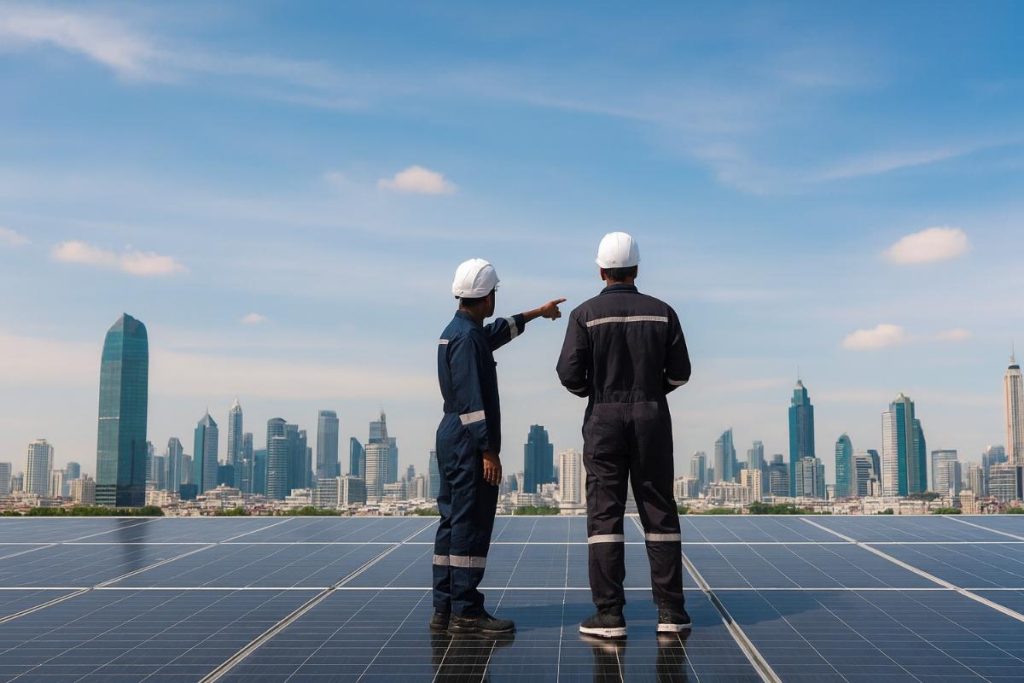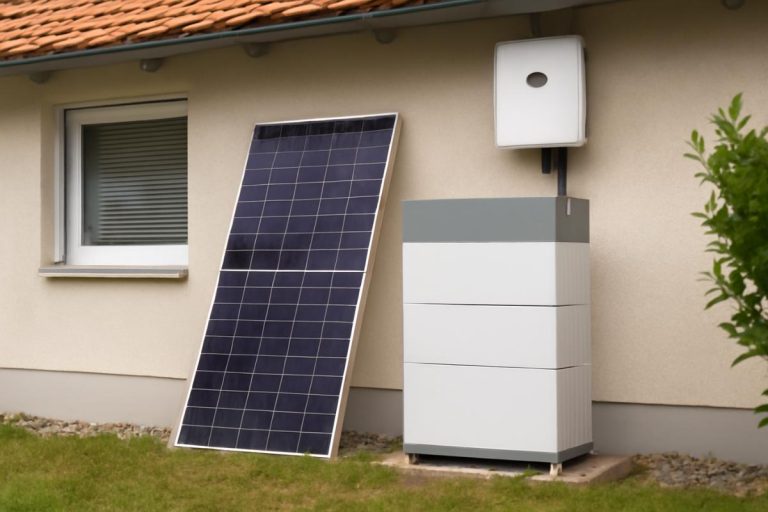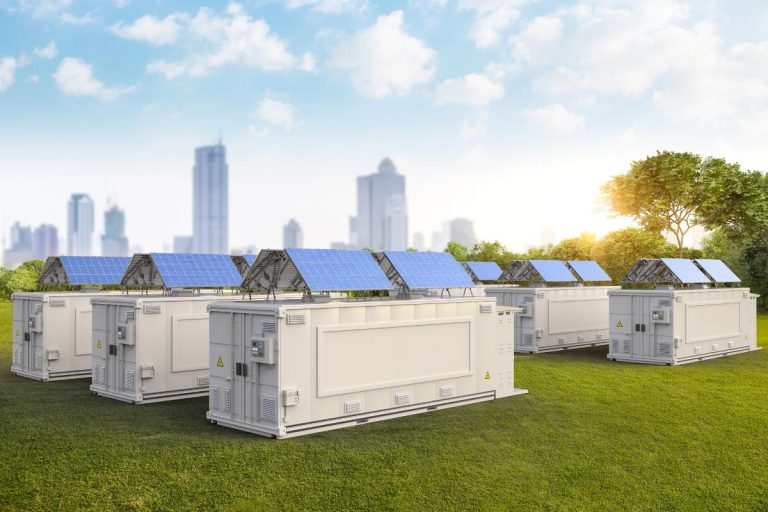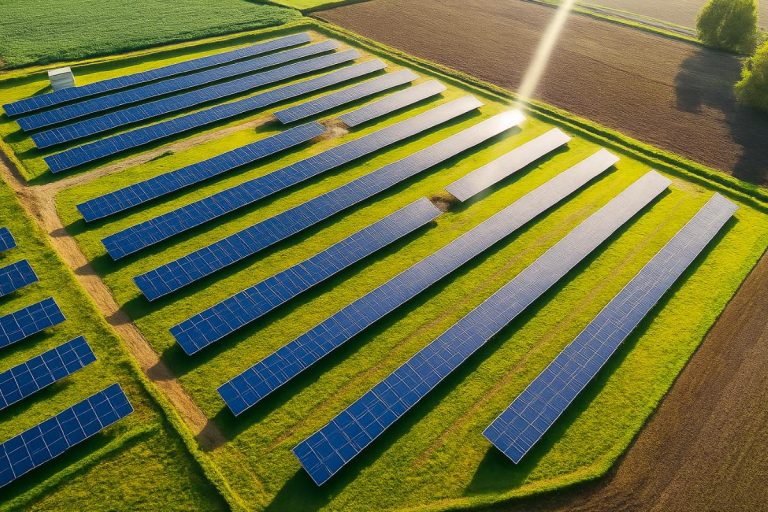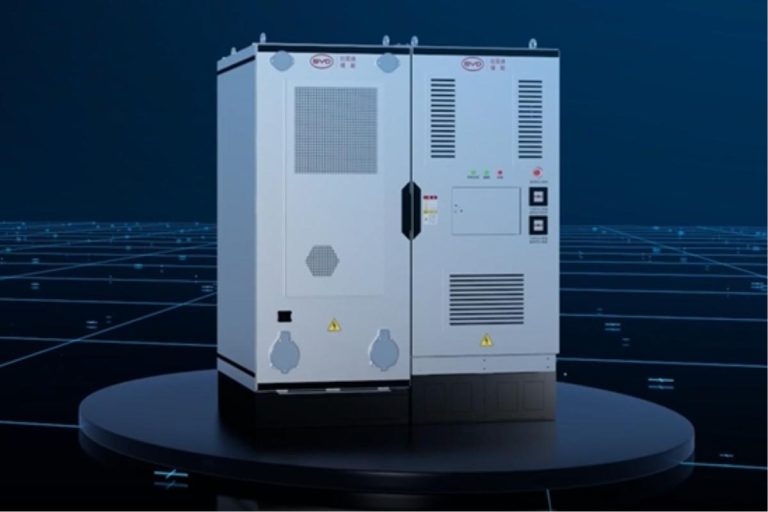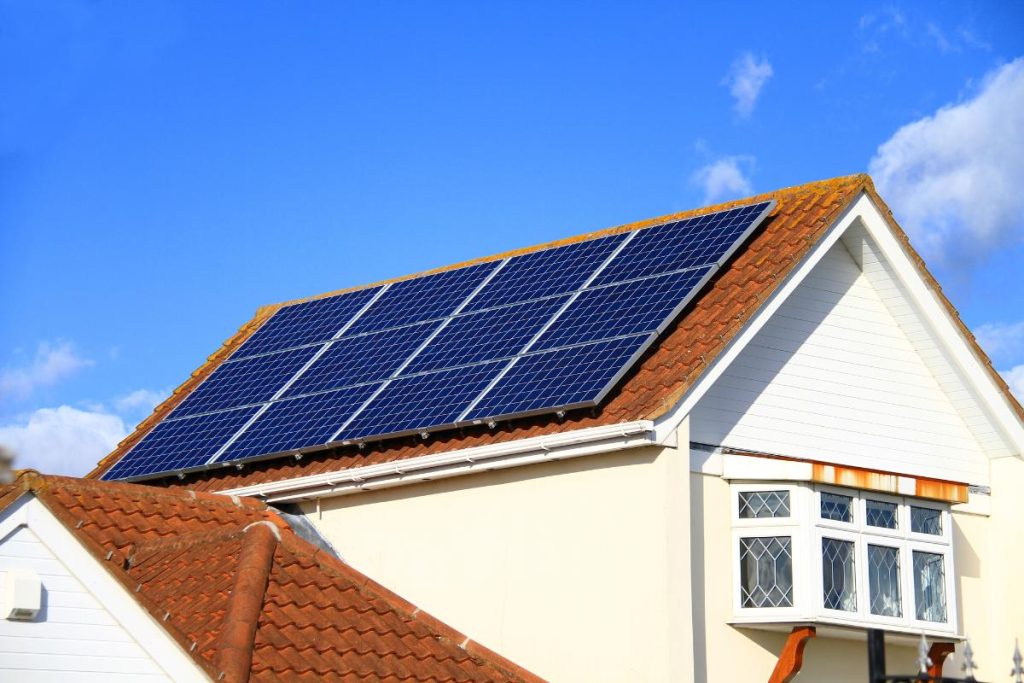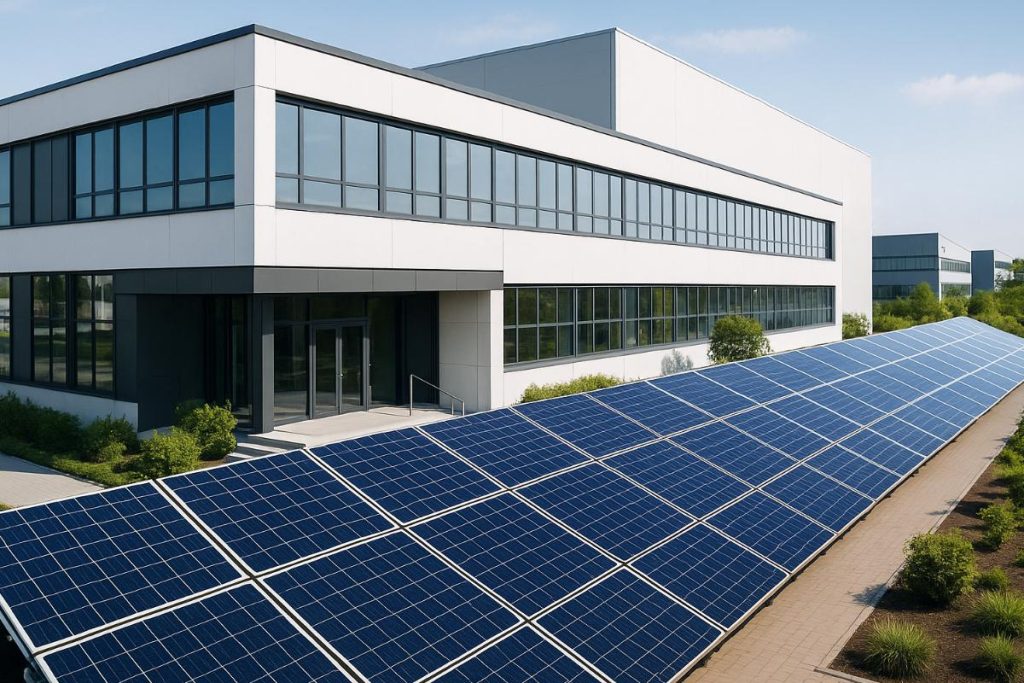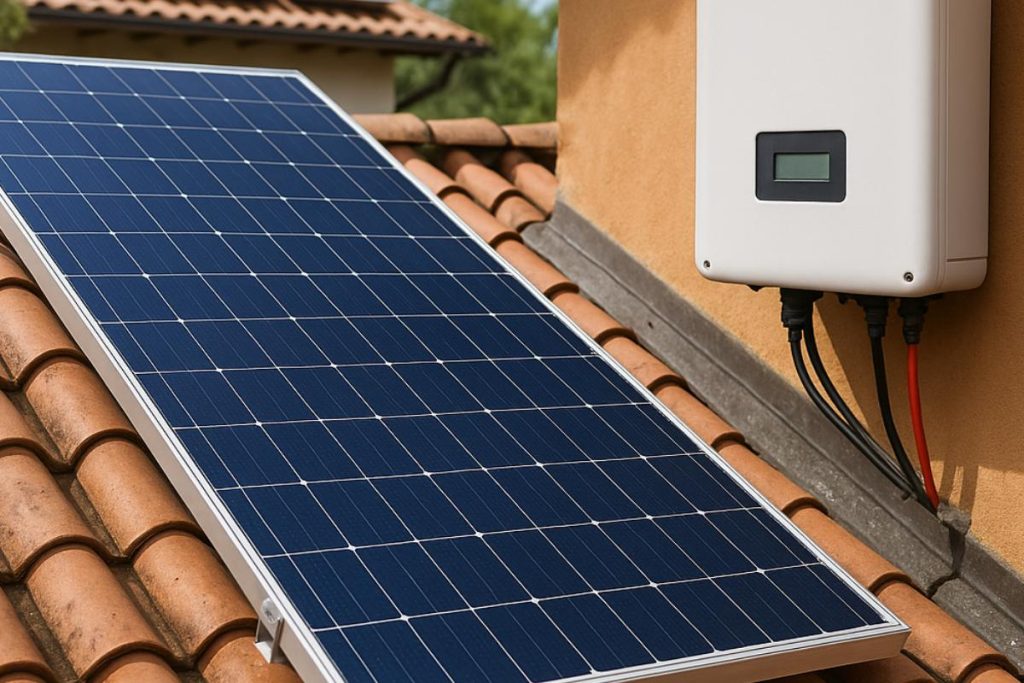Solar energy is one of the fastest growing sources of renewable energy in the world, and it's no coincidence. As well as being a sustainable alternative, it offers a number of economic and practical benefits for homes and businesses. However, in order to ensure that a solar energy project is efficient and long-lasting, it is essential to follow a set of guidelines. solar energy project quality.
In this blog post, we will guide you through the process of how to plan and execute an efficient project, from understanding the energy needs to approving the system.
How to design a solar energy project?
Plan a solar energy project in 6 steps: 1) Analyze energy needs; 2) Choose system (on-grid, off-grid or hybrid); 3) Inspect site for installation; 4) Submit project for approval; 5) Install system; 6) Approve with clock change.
We'll explain each one so you can understand how it all works.
First step: understand your energy needs
Before you start installing solar panels, it is essential to understand the energy needs of your home or business. This involves analyzing current energy consumption and projecting future consumption. From this analysis, you can determine the size of the solar system needed to meet demand.
Presentation and comparison of on-grid, off-grid and hybrid systems
There are three main types of solar energy systems: on-grid, off-grid and hybrid. Each has its own characteristics and is suitable for different needs.
On-grid system: this system is connected to the public electricity grid. It allows you to use the energy generated by the solar panels and, at the same time, remain connected to the grid to obtain energy when needed. If your system generates more energy than you consume, the surplus can be injected into the grid, generating energy credits that can be used at times of higher consumption.
Off-Grid system: is independent of the electricity grid. It is ideal for remote locations where there is no access to the public grid. The off-grid system requires batteries to store the energy generated, guaranteeing an energy supply even when there is no sun.
Hybrid system: as the name suggests, this system combines the characteristics of on-grid and off-grid systems. It is connected to the electricity grid, but also has batteries for energy storage. This offers greater flexibility and security, especially in areas where the electricity grid is unstable.
The choice of system depends on your needs, location and budget. A residential solar energy A well-planned business or commercial project must take these variables into account to ensure the best solution.
Second stage: technical inspection of the consumer unit

The technical inspection of the consumer unit is a fundamental stage in the solar energy project. Professionals assess the installation site to ensure that the system is viable and efficient. This includes analysing the structure of the roof or the ground, checking that it can support the weight of the panels, and identifying the best position to maximize the capture of sunlight.
A shading analysis is also carried out to prevent obstacles such as trees or buildings from reducing the system's efficiency. In addition, the local solar radiation and available space are assessed, factors that influence the choice of solar panels and the sizing of the project.
This inspection ensures that the system is custom-designed to meet the energy needs and conditions of the site.
Location of solar panels
The location of the solar panels is one of the most important factors in the success of the project. The panels should be installed in a place that receives maximum exposure to the sun throughout the day. In general, roofs are the most common places for installation, but it is also possible to install the panels on the ground, depending on the space available.
The orientation and inclination of the panels are also critical factors. In Brazil, for example, the ideal orientation for the panels is towards the north, with an inclination that varies according to the local latitude. This ensures that the panels receive as much solar radiation as possible.
Shading analysis
Shading is another factor that can significantly affect the efficiency of the system. Objects such as trees, buildings or other structures can cast shadows on the panels, reducing the amount of sunlight they receive. During the technical inspection, it is important to identify possible sources of shading and plan the installation to minimize their impact.
Solar radiation and choice of solar panels
Solar radiation varies according to geographical location. It is therefore essential to consider the average solar radiation in the region where the system will be installed. This information will help determine the number and type of solar panels needed to meet energy demand.
There are different types of solar panels available on the market, each with its own characteristics and efficiencies. Monocrystalline plates, for example, are known for their high efficiency, while polycrystalline plates are more affordable. The choice of solar panels must take into account the budget, the space available and the desired efficiency.
Fourth stage: sending the project to the energy concessionaire
Once the technical project has been completed, it needs to be sent to the local energy utility for approval. This process involves the utility company reviewing the project to ensure that it meets all technical standards and regulations.
Approval from the utility company is a crucial step, because without it, the system cannot be connected to the electricity grid. It is therefore important to ensure that the project complies with all requirements before sending it for analysis.
Fifth stage: installation of the solar energy system
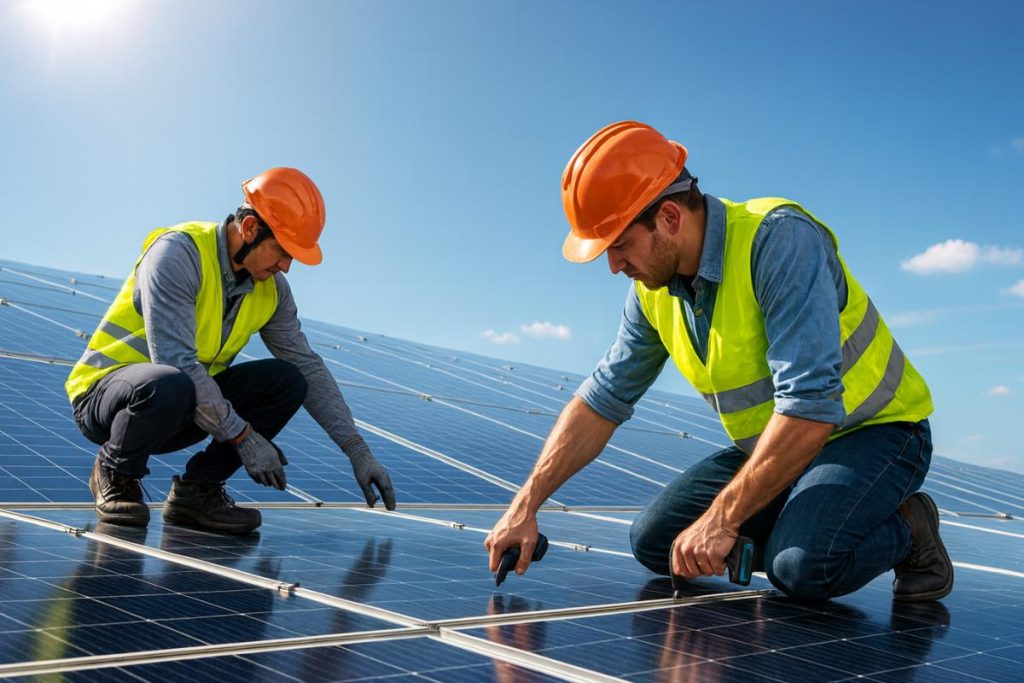
Once the project has been approved by the utility company, the next step is to install the solar energy system. This stage must be carried out by qualified and experienced professionals, as incorrect installation can compromise the efficiency and safety of the system.
Installation involves mounting the solar panels, connecting the inverters (which convert solar energy into usable electricity) and integrating the system with the electricity grid or batteries, depending on the type of system chosen.
Check out our complete guide to how to install solar energy.
Sixth stage: approval of the photovoltaic system
Approval of the photovoltaic system is the final stage in connecting the system to the electricity grid. After installation, the energy concessionaire carries out an inspection to check that the project meets technical and safety standards. If approved, the conventional light clock is replaced by a bidirectional clock, which measures the energy consumed from the grid and the energy injected by the solar system.
This exchange is essential for on-grid systems, as it allows the use of energy credits generated by surplus energy. Approval guarantees that the system is legalized and ready to operate efficiently and safely, freeing the customer to enjoy the benefits of solar energy.
Changing the light clock
Replacing the conventional electricity meter with a bidirectional meter is a crucial stage in the approval of on-grid photovoltaic systems. This new meter records not only the energy consumed from the electricity grid, but also the surplus energy generated by the solar system and injected into the grid.
This functionality is essential for the energy credit compensation system, where the surplus energy generated during the day can be converted into credits for use in periods of higher consumption or in future months. The exchange is carried out by the energy concessionaire after approval of the technical inspection, ensuring that the system is legalized and ready to operate efficiently and safely.
Advantages of carrying out a quality solar energy project
A quality solar energy project reduces energy costs, promotes sustainability, offers energy independence and increases the value of the property. It also contributes to the preservation of the environment and guarantees long-term efficiency.
Learn more about each of these benefits!
Reducing costs
One of the most attractive benefits of solar energy is the significant reduction in electricity bills. With a well-sized solar system, it is possible to generate most or all of the energy consumed, reducing or even eliminating dependence on the electricity grid.
In on-grid systems, surplus energy can be converted into credits, which can be used at times of higher consumption or in future months.
Learn how a solar energy budget.
Sustainability
Solar energy is a clean and renewable source that does not emit polluting gases when generating electricity, unlike traditional sources such as coal or natural gas. By opting for a solar system, you reduce your carbon footprint, helping to reduce the greenhouse effect and climate change.
In addition, solar energy is inexhaustible, depending only on sunlight, an abundant and natural resource. This sustainability helps preserve the environment for future generations, in line with sustainable development practices and environmental responsibility.
Energy independence
Energy independence is one of the great advantages of solar energy, especially with off-grid or hybrid systems. By generating your own energy, you reduce or eliminate dependence on the electricity grid, protecting yourself against increases in energy tariffs and possible supply failures. In remote areas, where access to the grid is limited or non-existent, solar energy offers a viable, self-sufficient solution.
With the use of batteries, it is possible to store energy for use at night or on cloudy days, guaranteeing a continuous supply. This autonomy provides energy security and stability, especially in crisis scenarios or network instability.
Property valuation
Installing a solar energy system increases the value of a property, making it more attractive on the market. With the growing awareness of sustainability, buyers and tenants value properties that offer energy cost savings and environmental benefits. A well-dimensioned solar system can reduce or even eliminate electricity bills, a competitive advantage.
Another important point is that properties with solar energy are seen as modern and in line with energy efficiency trends, which can speed up sales or rentals. This appreciation is an investment that pays for itself over time, both in terms of the savings generated and the increase in the property's market value.
System maintenance and monitoring
A solar energy system requires little maintenance, but it is important to carry out periodic inspections to ensure that everything is working properly. Cleaning the solar panels, for example, is essential to maintain the system's efficiency, especially in areas with a lot of dust or pollution.
In addition, many modern systems come equipped with monitoring systems that make it possible to keep track of the system's performance in real time. This makes it easier to identify possible problems and ensures that the system is always operating at maximum efficiency.
Choose BYD to carry out your company's or home's solar energy project
When it comes to solar energy, choosing the right company to carry out the project is crucial. BYD is one of the global leaders in solar energy technology and offers a complete solution, from the manufacture of the modules to the installation and maintenance of the system.
BYD is the only company that manufactures the modules, develops the projects and offers the complete solution in one place. With photovoltaic module assembly plants in Campinas (SP), and a unit dedicated to the production of lithium iron phosphate batteries at the Manaus Industrial Estate (AM), BYD guarantees the highest quality and efficiency in its products.
Choosing BYD for your solar energy project means opting for a company with proven expertise, cutting-edge technology and a commitment to sustainability. Whether for your home or business, BYD offers the ideal solution for your energy needs.
Discover all our photovoltaic kits!

